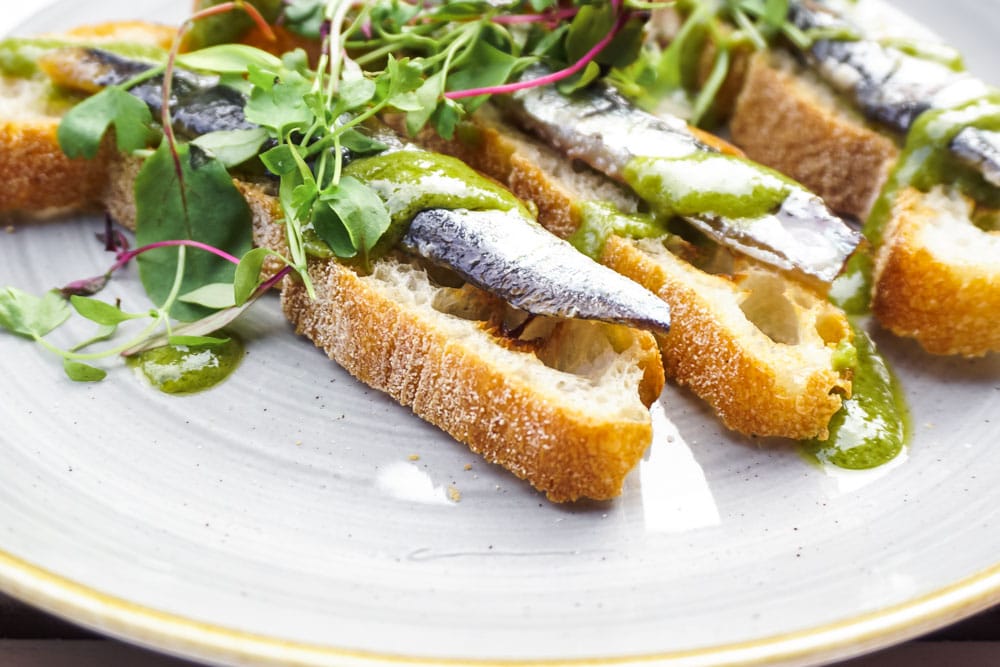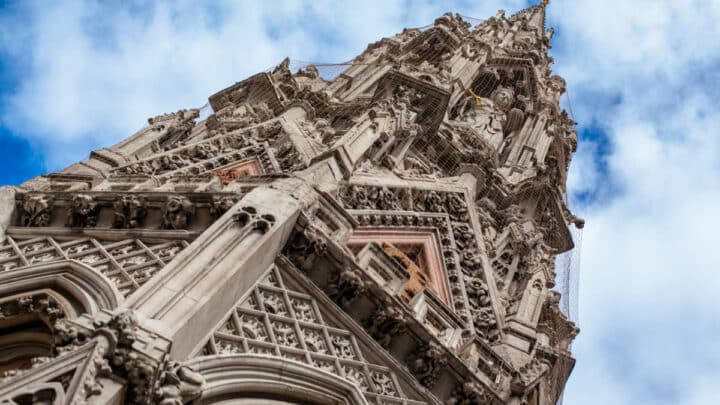
If you’ve ever been to Charing Cross, it’s likely you’ve spotted the towering spire outside. But do you know the story behind it? Read on to discover everything you need to know about the Eleanor Crosses.
Words by John Rogers
Though London (and the rest of the UK) came together to mourn the death of Queen Elizabeth II in recent times, nearly 750 years previously, England mourned the loss of another much-loved Queen – Queen Eleanor of Castile.
Her husband, King Edward I, commissioned 12 crosses to stand as a memorial to his wife and named them in her honour. Today, only three original Eleanor crosses remain standing.
Join us on an expedition of loss, grief and architectural wonder as we find the 12 Eleanor Crosses and tell you all about the beautiful love story behind them.
What Are the Eleanor Crosses?
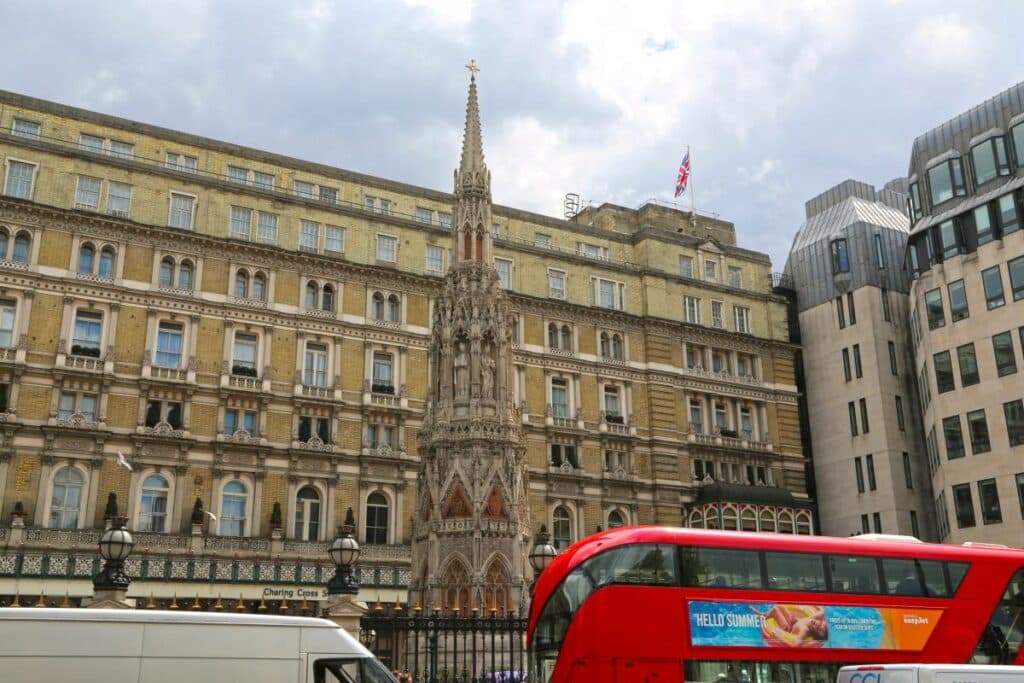
Before we go and discover the crosses, let’s take a little look at what they are.
The Eleanor Crosses are a series of twelve tall, lavishly sculpted stone memorials dedicated to the memory of Queen Eleanor of Castile, wife of Edward I, who died on 28th November 1290 in the Nottinghamshire town of Harby.
The Final Journey
Edward built 12 crosses to chart the progress of Queen Eleanor’s final journey back to London, in a similar style to those created to chart the funeral procession of Louis IX in France two decades before. Each cross was built to mark a nightly resting place for the body along the route from Harby to Westminster.
The King and his royal council were already planning the scheme to mark each stopover location with a memorial cross as they travelled. Each area was also blessed – very important, back in the day.
Each cross was sited in a prominent position, usually at a significant junction or crossroads near where she rested overnight. The main factor linking each cross is that the procession passed the exact spot where the memorial was erected.
The crosses used complex geometry to combine heraldic decoration, painted inscriptions, lifesize sculptures of Eleanor and ornate detailing in the gothic style. Each memorial was capped with the actual cross and stood at least 13 metres tall.
The History of the Eleanor Cross
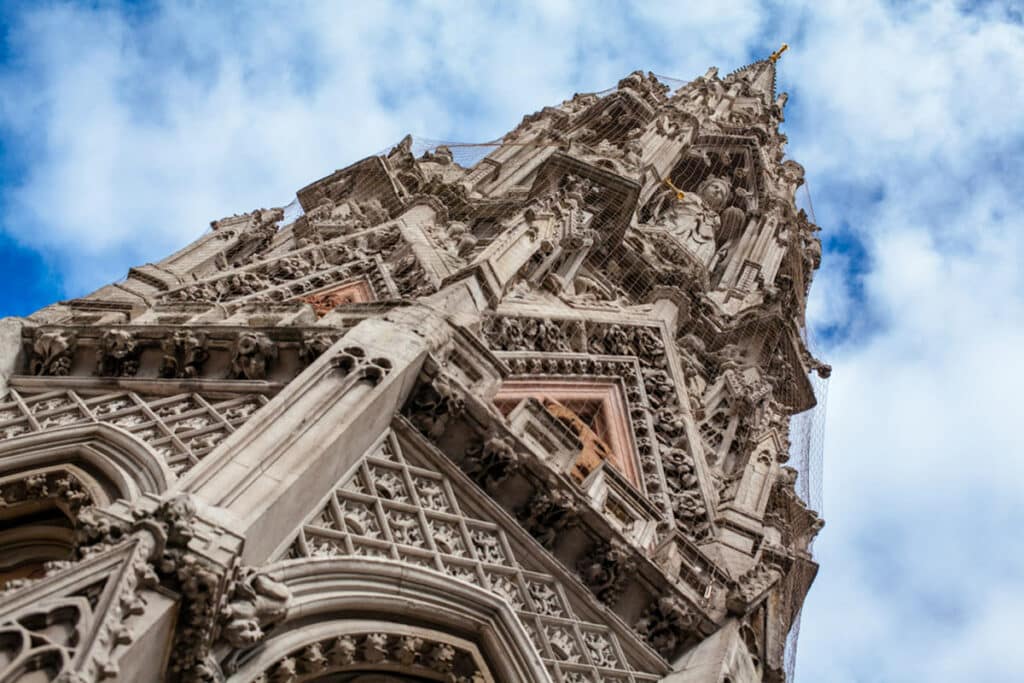
Time for a quick history lesson: Queen Eleanor was born to the Castilian King Ferdinand III and his second wife, Jeanne, in the early 1240s, in modern-day Spain.
She met Edward in the autumn of 1254 and married the future English King at Burgos at the frighteningly tender age of 13. Over the next 30 years, Eleanor gave birth to more than 15 children, only six of whom outlived their mother.
In August 1274, after Henry III’s death, Edward and Eleanor were crowned at Westminster Abbey, cementing their position as the golden royal couple of Europe. Both gained popularity touring their Kingdom before playing a part in the conquest of Wales in the early 1280s.
After a spell in continental Europe in the mid to late 1280s, Eleanor returned to England in 1289, suffering from ill health. Some believe she was suffering from malaria, others from a degenerative heart condition.
The Death of Queen Eleanor
The royal couple were determined to tour their realm still, meeting people and continuing to build their undeniable popularity despite the Queen’s worsening health.
On one such journey northwards at the end of November 1290, the royal party stopped at Harby in Nottinghamshire. There, the Queen passed away on Tuesday, 28th November, striking the King senseless with such grief that he could not move for three days after the Queen’s death.
The Funeral Procession
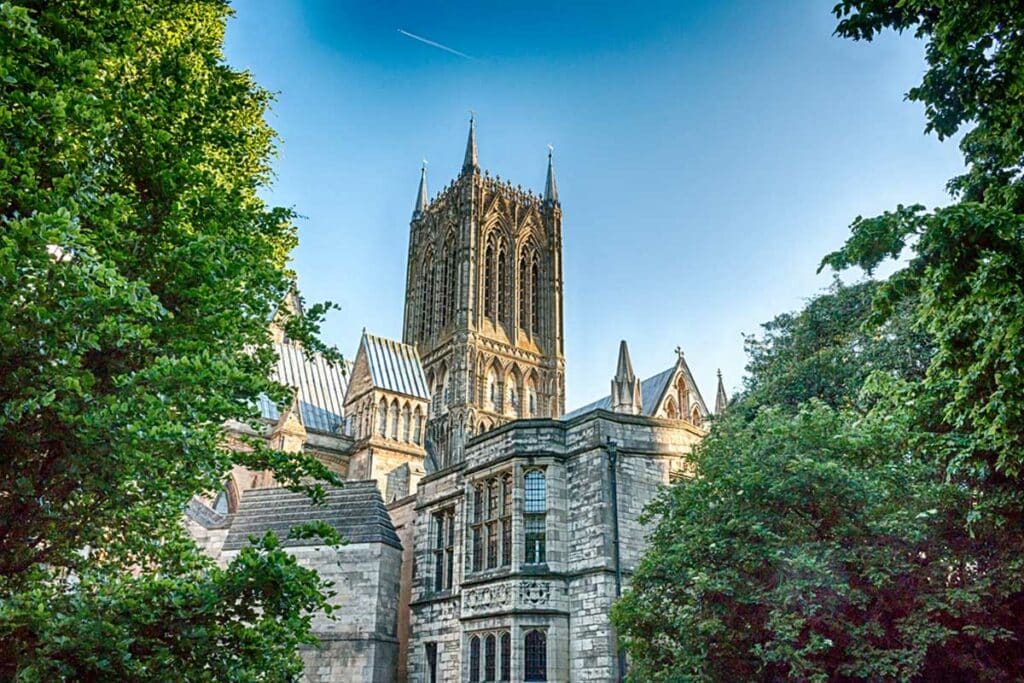
Once the King’s grief subsided enough for him to consider moving on, he and his council moved slowly southwards back towards London.
The first stop was at Lincoln, where the Queen’s entrails were removed to enable the body to be embalmed and buried in a tomb at Lincoln Cathedral. Here, a beautifully painted chest tomb, capped with a bronze effigy of the late Queen, was created to house her remains. Her heart and body continued southwards, separately.
The procession made further stops across the following eleven nights as it wound its way towards London, battling adverse weather conditions and heavy floods that required significant detours to ford rivers and streams which hadn’t broken their banks.
Edward and his advisors selected the locations for each memorial at each stopping point. Finally, Eleanor re-entered London through the northern gate of Bishopsgate before travelling westward down London’s busiest street, Cheapside.
On Saturday, 17th December 1290, the procession continued, interring the heart at London’s Blackfriars before the body continued to its final resting place at Westminster Abbey.
Building and Destruction
King Edward I commissioned some of the Kingdom’s finest architects and stonemasons to complete his vision of a chain of memorials to the memory of his beloved wife. Mainly built between 1291 and 1294, the final three at Grantham, Stamford, and Geddington were completed around 1295.
During the English Civil War in the 1640s, most crosses were destroyed by forces loyal to Oliver Cromwell. Three crosses survived the civil war, each of which remains today.
However, the religious symbolism of the cross that capped the original beautiful designs was removed from each one.
Where to Find the Eleanor Crosses
Three original Eleanor Crosses remain standing. However, it’s still possible to visit the sites of all 12 memorials.
Charing Cross
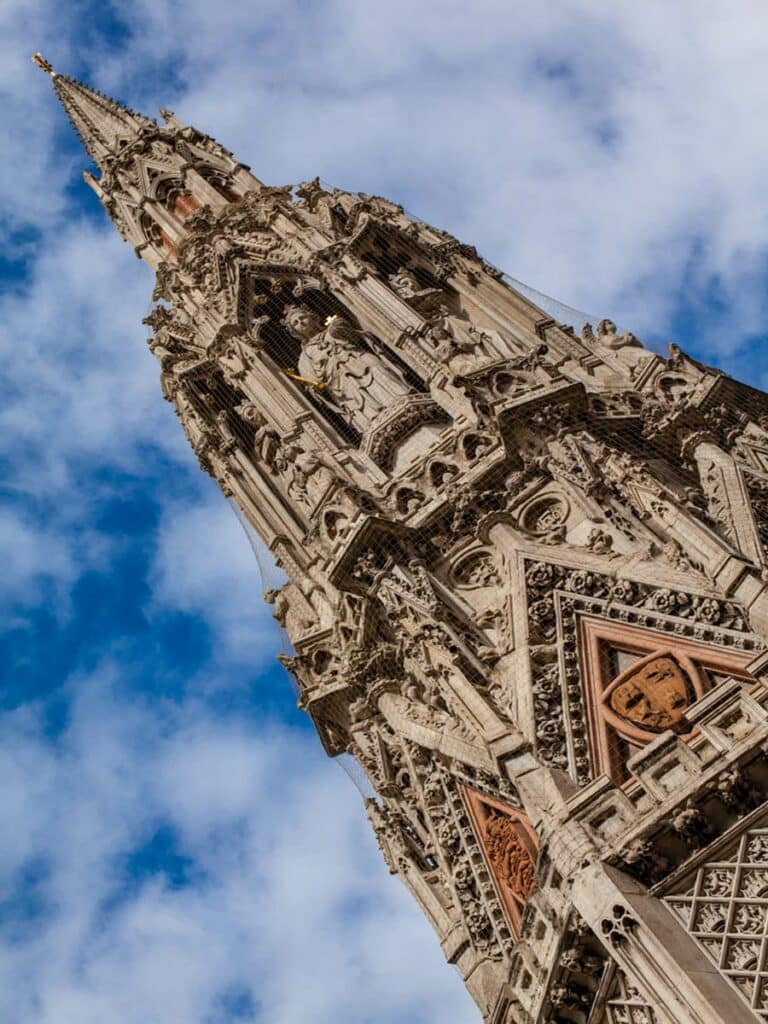
The original cross in Charing Cross, from which the station takes its name, was destroyed in 1647 by Parliamentarians. Outside the station’s main entrance stands a grand reproduction built in 1865.
Cheapside
The second London-based Eleanor Cross stood in front of the Church of St Peter at the crossroads between Bread Street and Wood Street. This memorial cost £300, around three times more than most others outside London.
The monument fell victim to the English Civil War, and was demolished in 1643.
Waltham Cross
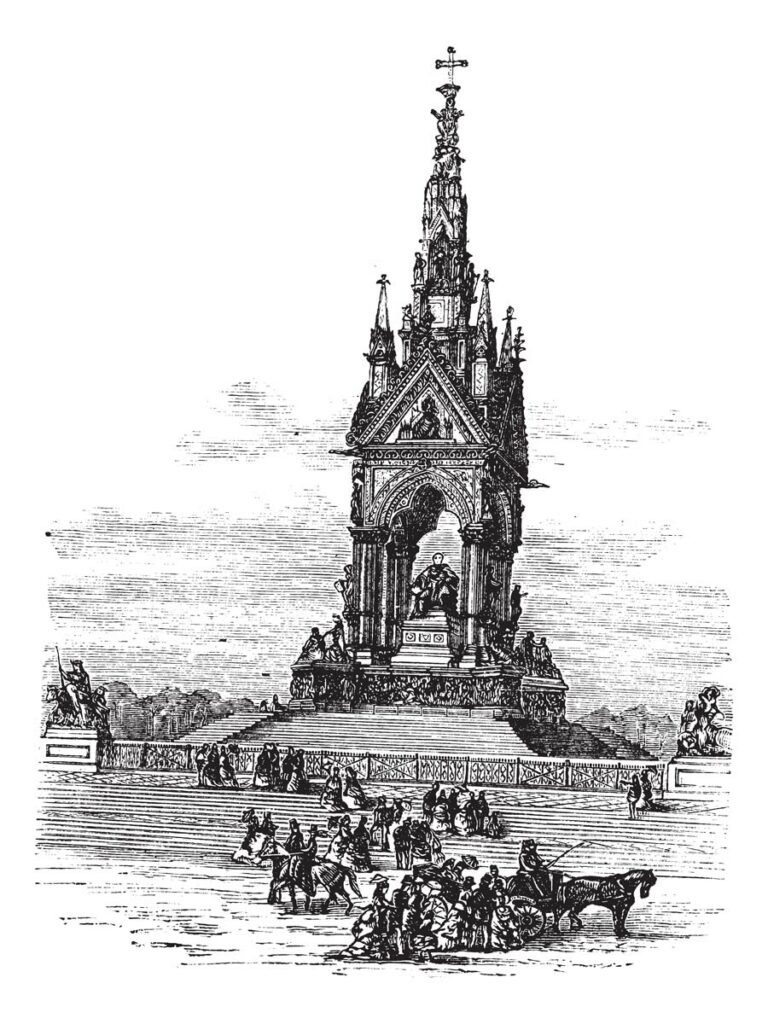
You can find the nearest original cross to London in Waltham Cross town centre, just off Junction 26 of the M25. Restored in the 1950s, the original statues of Eleanor now reside in the care of the Victoria and Albert Museum.
St Albans
A few hundred yards from St Albans Abbey stands Market Cross, which marks the location of the Eleanor Cross that stood in the city. Eleanor knew St Albans well, having a property in the nearby hamlet of Kings Langley.
Dunstable
Eleanor’s body rested at Dunstable Priory on her journey southwards. The memorial stood at the A505 Watling Street and Luton Road crossroads, where the Natwest Bank now stands. A rather sorry-looking statue of Queen Eleanor stood in the precinct that bears her name.
Woburn
Queen Eleanor rested in the abbey church at Woburn Abbey, not to be confused with the stunning mansion that shares its name today. The actual site of the cross is unknown, but many historians believe it was likely to have stood at the crossroads where the village’s war memorial now resides.
Stony Stratford
Due to treacherous weather conditions, the procession had an unplanned stop in this village, just north of Milton Keynes. The Eleanor cross in Stony is long gone but was thought to have stood near 157 High Street, now residential housing.
Hardingstone
The second original cross stands in the small village of Hardingstone, as Eleanor’s body rested overnight at Delapre Abbey. An octagonal shape, the cross at the top of the memorial is missing. The cross was lovingly renovated in 2019.
Geddington
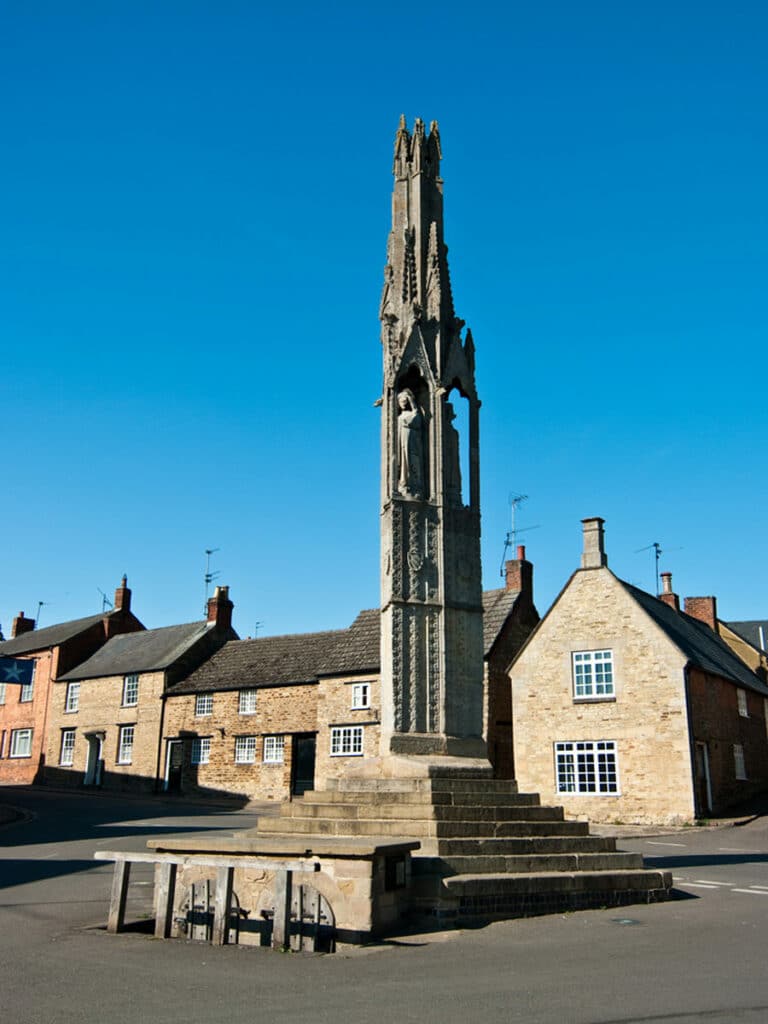
The third and best-preserved cross stands at the junction of West Street, Grafton Road, and Bridge Street in the Northamptonshire village of Geddington, near Kettering.
Sat on a hexagonal base, three statues of Queen Eleanor look out from a triangular tower across the junction. The cross is missing, likely destroyed during the English Civil War.
Stamford
Another cross, the precise location of which has been lost to the annals of history, was erected just outside Stamford on the Great North Road, now Casterton Road. In 2009, a replica was built in Stamford’s sheep market.
Grantham
The first stop on the procession route was in the town of Grantham, and the cross was erected by St Peters Hill on the High Street in 1294. Another memorial lost to the English Civil War, a plaque commemorating the cross was unveiled in 2015 on the Guildhall nearby.
Lincoln
A small section of one of the statues of Eleanor was discovered in the grounds of Lincoln Castle, forming part of a footbridge. The original site is sadly unknown, although historians believe it would have been near the junction of Fosse Way and Ermine Street.
The Eleanor Crosses: Practical Information
The three remaining crosses are free to visit. If you’re in central London, the Charing Cross offering is the easiest to find – it sits just outside of the station facing Trafalgar Square.
We also suggest taking the train (or a drive) to Waltham Cross – just 45 minutes from London Liverpool Street or a short drive off the M25 and A10 – to see the cross in the town centre.
Sadly, Oliver Cromwell’s forces destroyed many of the other crosses during the English Civil War.

